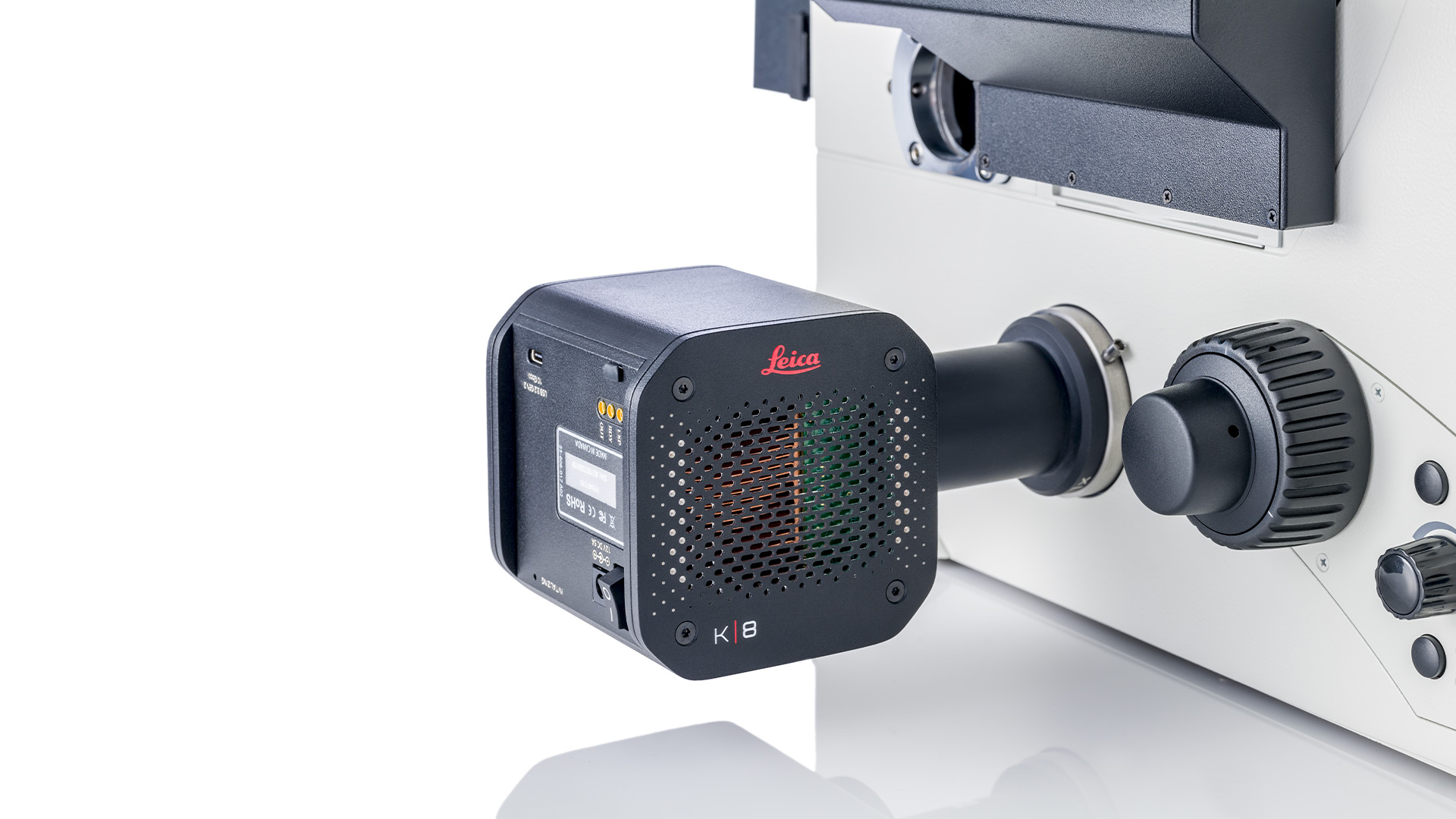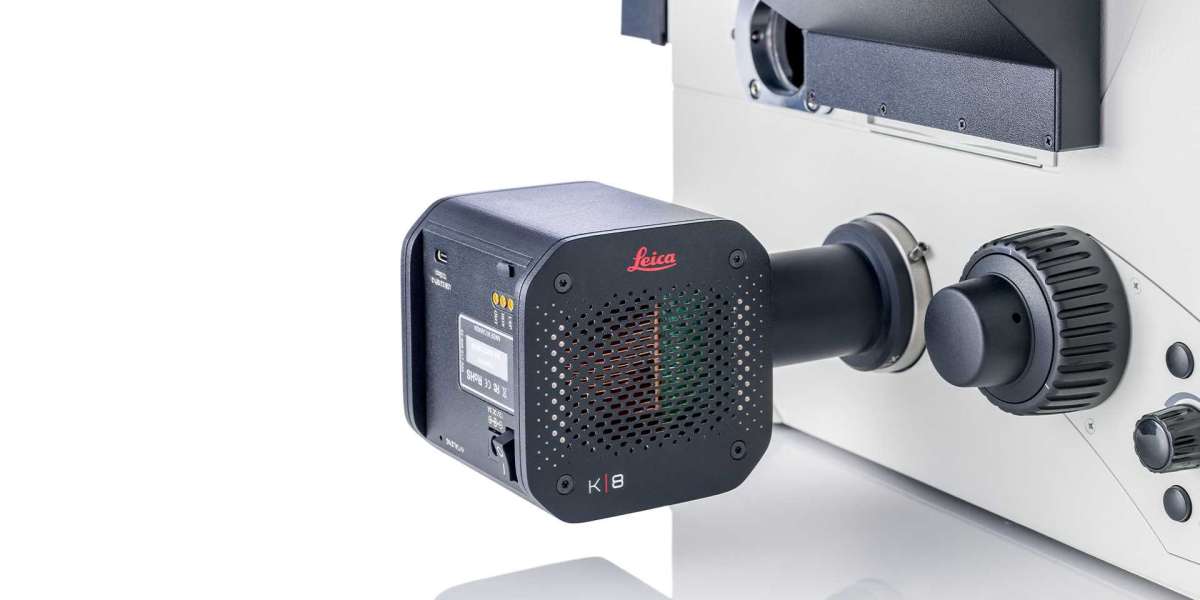Microscope camera is an essential tool for capturing and documenting images observed through microscopes. They enable researchers, scientists, and educators to visualize and analyze microscopic samples with high resolution and precision. Here are five common types of digital cameras designed specifically for microscopes:

1. CCD Cameras
Charge-Coupled Device (CCD) cameras are widely used in microscopy due to their excellent sensitivity and low noise characteristics. These Digital Camera For Microscope consist of an array of light-sensitive pixels that convert photons into electrical signals. CCD cameras offer high dynamic range and can capture images with high contrast and low noise. They are suitable for various microscopy applications, including brightfield, phase contrast, and fluorescence imaging.
2. CMOS Cameras
Complementary Metal-Oxide-Semiconductor (CMOS) cameras have gained popularity in recent years due to their advancements in technology and affordability. CMOS cameras utilize an array of active pixels that directly convert light into electrical signals. They offer advantages such as high frame rates, low power consumption, and cost-effectiveness. While CMOS Digital Camera For Microscope traditionally had lower image quality compared to CCD cameras, recent advancements have significantly improved their performance, making them suitable for a wide range of microscopy applications.
3. High-Speed Cameras
High-speed cameras are designed to capture fast-moving events or processes that require a high temporal resolution. These cameras offer extremely fast frame rates, allowing researchers to observe and analyze dynamic phenomena that occur in milliseconds or microseconds. High-speed cameras are particularly useful in fields such as biological research, material science, and fluid dynamics, where capturing rapid processes is essential for understanding the underlying mechanisms.
4. USB Cameras
USB cameras, also known as digital eyepiece cameras, are compact and portable camera systems that can be directly connected to a computer via a USB port. These cameras provide a cost-effective solution for transforming traditional microscope cameras into digital imaging systems. USB cameras are suitable for routine microscopy applications, educational purposes, and basic documentation. They offer ease of use, quick setup, and real-time image viewing on a computer screen.
5. Cooled Cameras
Cooled cameras are designed to minimize electronic noise and thermal noise generated during long exposure times. These cameras incorporate a cooling system, such as a thermoelectric cooler, to maintain the image sensor at a lower temperature. By reducing the noise levels, cooled cameras offer improved image quality and sensitivity, making them ideal for low-light microscopy techniques like fluorescence imaging and astronomical observations.
In conclusion, selecting the right Digital Camera For Microscope depends on specific imaging requirements and the intended application. CCD cameras and CMOS cameras are the most commonly used types, offering excellent image quality and versatility. High-speed cameras are essential for capturing fast events, while USB cameras provide a portable and cost-effective solution. Cooled cameras are well-suited for low-light imaging applications. By understanding the capabilities and features of different microscope camera types, researchers can choose the most appropriate camera to enhance their microscopy workflow.



